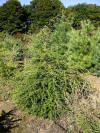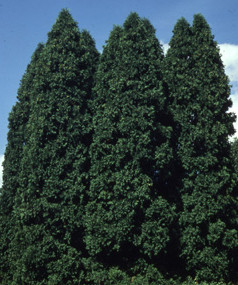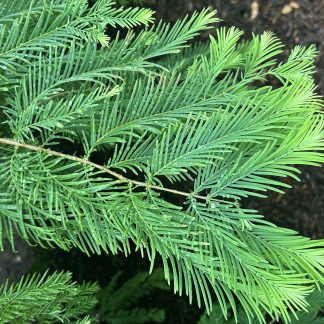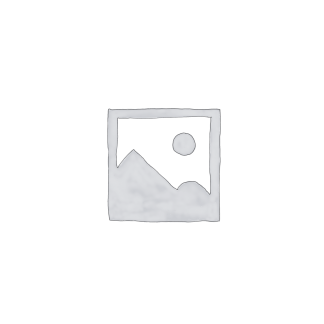Description
The black spruce, also known as bog spruce, and swamp spruce is primarily a northern tree variety. It is naturally found in the boreal regions of North America. Widespread through Canada, the Great Lakes region and the northeastern part of the United States but can be found as far south as the mountains in Tennessee and North Carolina. This tree loves cool, marshy areas. When driving around northern Michigan, it is an easy tree to spot. In swampy areas, this tree sticks out as it is very slender and often taller than many of the other surrounding varieties. This is a wonderful tree to plant in swampy areas, but not great as a landscape tree. It grows very narrowly and often looks quite sparse as it matures.
Needles on the black spruce are blueish green, have four sides, are ridged, and grow about 1/2′ to 3/4″ long. Black spruce begin producing cones around 10 year of age, but do not produce their full amount until around 30 years of age. The cones produced by the black spruce are 3/4″ to 1 1/4″ long, light brown, and persist on the tree for several years, opening only partially. When a forest fire occurs, the cones open and seed is distributed to regenerate the stand.
